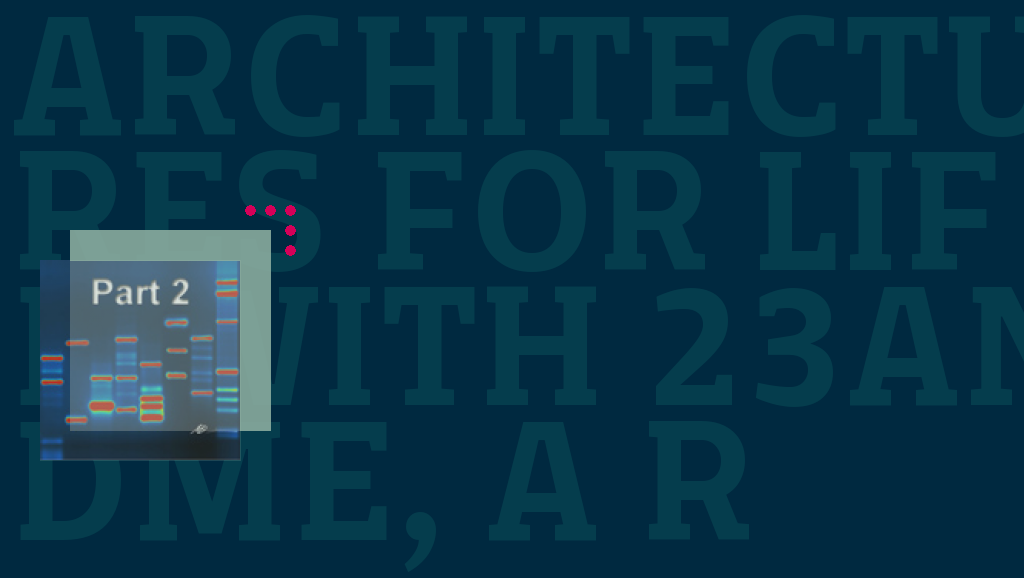(…continues from the previous entry).
On the following day the Harvard STS program hosted a workshop entitled Architectures for Life to continue the debate. Guests and speakers included many world leaders in the field of genetics including George Church of the Harvard and Wyss Institute, who took part in the opening panel of the day entitled New infrastructures of Knowledge and moderated by Lawrence Lessig of the Harvard Law School.
For biographies of all of the day’s participants see here.
This panel was primarily interested in oversight of the genetics industry and possible uses for the materials and data gathered in the rapidly expanding databases currently held by various universities, hospitals and private companies. Tania Simoncelli was present as representative of the Federal Drug Administration and she spoke about the work of the institution and the regulatory problems involved in managing such a field. The role of the expert within the industry was a repeated theme, as was the issue of the availability of information. Discussion about the possibility of maintaining privacy was abound, as some believe that it is not possible to guarantee anonymity within such databases, a problem that many argued the users understand and accept.
Some advocate using the data without anonymity, as such an enormous amount of information and variables actually offers enormous potential regarding testing on large numbers of people in a relatively short time. Panelist Ben Heywood spoke about projects within which people make their names and all other possible information freely available in the belief that this will help research into diseases that they suffer from. Geneticists in fact seem unanimously in favour of these current developments as they see these possibilities unfold before their very eyes.
The panel went on to discuss the GENA legislation, although their conclusions that the law would protect patients and others who chose to be tested was challenged by members of the audience who claim that the current legislation is only partial and needs to be built upon and expanded.
The panel was followed by reflections from Charles Rosenberg and then Wojcicki herself. Rosenberg argued that what we were seeing was a way of thinking about risk, with the data presented interpreted differently by each recipient in each individual case.
Wojcicki spoke about her personal history and interests within genetics, and then the floor was opened to questions.
One of the most interesting came from Sheila Jasanoff, who asked about how to protect society from mental chaos if an individual is seen as responsible for themselves as well as their own actions, an argument that was repeatedly cited throughout both Wojcicki’s opening speech and remarks during the workshop (an individuals right to their DNA in order to act upon the information revealed).
Another question followed the same line, asking that if this is the new model for society we need to reflect upon who has access to the means and the capability of interpreting the data.
Lunch was taken with each table hosting an expert from the panel. I sat with Tania Simoncelli, George Church and others. The discussion revolved around recent decisions taken about patent law regarding genes (as written about here) and the possibility that having such genetic information about oneself could effect behaviour and may at some point legal or technical decisions that hold consequences for the individual. An example might be the argument that withholding known risk from an insurance company might lead them to withhold payment. The issue of the need and obligation to disclose or withhold information was also raised, as was informed consent and access to information.
Lunch was followed by a panel entitled Implications for society, and once more an interesting group of people were involved. Several issues were raised about the use of the genetic data, 23andMe’s user agreements and business model and possible effects upon society from a sociological perspective. Read more in part 3.
———————-
(photo: Micah’s DNA by micahb37 from Flickr)
















